Google Daydream VR vs. "old" mobile VR: What's the difference?
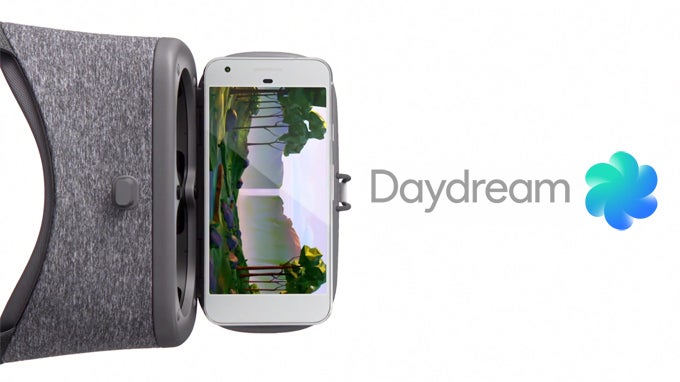
What do you need to Daydream?
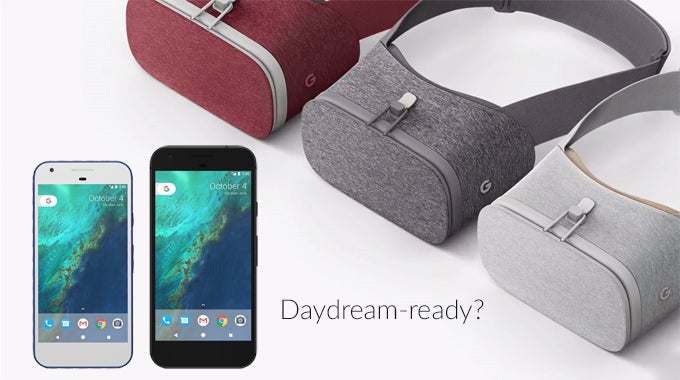
A Daydream-ready device. What exactly are the requirements for such a device, however, remains unknown at this point. All we can do for now, is use the ZTE Axon 7 as a baseline for our assumptions, as it was the first official Daydream-ready device to hit the market. Long story short – an AMOLED display, backed with a Snapdragon 820, 4GB of RAM, and all needed sensors. Contrary to earlier rumors pointing to QHD (1440 x 2560) as being the minimum requirement for Daydream, however, the leaked specs for the Google Pixel suggest that a 1080p would suffice. Another requirement on the display front, is for the panel to have low persistence, which is essential for the reduction of motion blur when panning. Since VR necessitates that the device renders each scene twice — separately for each eye — a higher overall resolution also means higher resolution per eye, but also means that the device will have a harder time rendering more complex scenes twice. This, perhaps, is the reason why Google has been demoing primarily highly-stylized 3D demos set in deliberately low polygon environments. However, since Epic Games went on record to back the platform at I/O 2016, announcing support for Unreal Engine 4, it would be a relatively safe bet that even first-gen Daydream games won't look half bad. Lastly, in order to be Daydream-ready, a smartphone must be running Android 7.0 Nougat or higher, as it has the so-called "VR mode" baked into its core. Interestingly enough, Google is now calling the Pixel and Pixel XL the “first Daydream-ready phones.” Hmm.
How much does it cost?
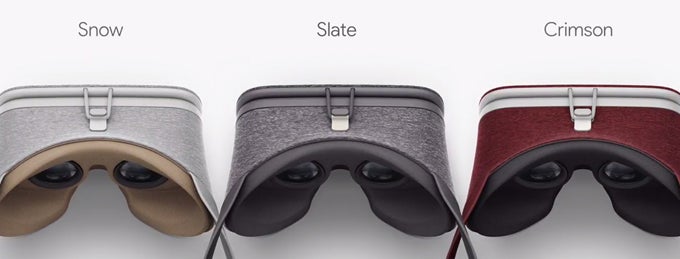
Google unveiled its own VR headset, called the Daydream View, which will retail for $79 and go on sale in November. The headset is made out of soft, breathable materials, and features a snug slot for the remote controller on the back of its lid. Daydream View will be available in three colors — Snow, Slate, and Crimson — and would blend nicely with your couch or sofa. Okay, okay, we are joking, sheesh! Go here to get more info on Google's brand VR new headset.
What's next?
Since compatible phones are at the core of Daydream VR, Google is obviously expecting that most, if not all, smartphones in the top-end of the market will be able to meet at least the aforementioned baseline requirements for supporting the platform starting from this year onwards. Seeing as how more and more manufacturers are releasing Android phones with beefier and beefier specs, it seems like Google may have timed this undertaking quite well. Still, you should keep your expectations in check, as Daydream VR won't be able to hold a candle to the big players in the VR game (read: Oculus Rift and the HTC Vive), and is not directly competing with them in any way, shape or form. Just saying. At first, Daydream may be primarily used for media consumption — YouTube, Netflix, and other streaming services — but as mobile hardware progresses, software developers will be able to do more and more impressive things on ubiquitous pocket devices that everyone uses around daily.
Follow us on Google News





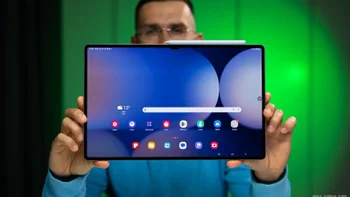

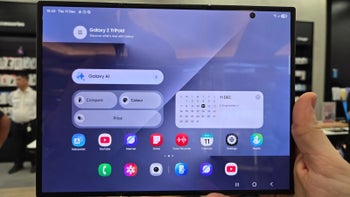




Things that are NOT allowed:
To help keep our community safe and free from spam, we apply temporary limits to newly created accounts: